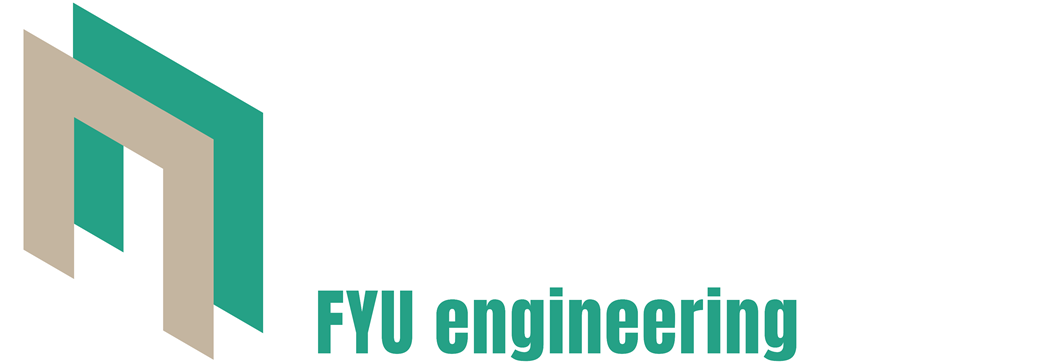To Smelt or Not to Smelt
(Translation of an older LinkedIn post that’s still relevant)
SPCC ISASMELT(TM) Shell
A Familiar Debate Resurfaces
Given the high copper prices, we've seen in recent months, perhaps reaching their peak, or perhaps not, and the current momentum toward political change, along with the upcoming presidential elections, the recurring debate over whether or not to implement a new mining royalty comes to mind once again.
Introducing a new royalty might seem like the “easiest” way to add value to copper, especially considering the limited scale of Chile’s manufacturing industry. But how sustainable can these measures really be?
Introducing a new royalty might seem like the “easiest” way to add value to copper, especially considering the limited scale of Chile’s manufacturing industry. But how sustainable can these measures really be?
Beyond Royalties: Rethinking Value Creation
So, how can we truly add value or extend the copper value chain?
One big question immediately comes to mind: To Smelt or Not to Smelt?
One big question immediately comes to mind: To Smelt or Not to Smelt?
The Legacy of Extraction-Driven Development
Many of Chile’s major copper mines were developed decades ago by foreign companies, whose primary goal was to secure a supply of concentrate for their smelters abroad. Building smelters in Chile simply wasn’t in their interest.
Later, a wave of smelter construction in China and other parts of Asia shifted the global dynamics, making smelting a marginal business compared to extraction. A clear example is Codelco Ventanas, which struggles to break even but remains vital for supporting small and medium-sized mining operations across several Chilean regions.
I recall working on the modernization of the Ilo smelter in Peru, where we aimed to reduce emissions by 95% to meet new regulations (ISASMELT Technology). Back then, satellite images showed the entire city under a cloud of emissions. Today, that cloud is gone. While I can’t speak to current air quality levels, this example shows that technology exists to make smelting environmentally viable.
Later, a wave of smelter construction in China and other parts of Asia shifted the global dynamics, making smelting a marginal business compared to extraction. A clear example is Codelco Ventanas, which struggles to break even but remains vital for supporting small and medium-sized mining operations across several Chilean regions.
Environmental Pressure and Social Demands
Mining already faces strong criticism due to its environmental and community impacts, as well as calls for greater transparency. Adding smelting and refining processes only increases that complexity.I recall working on the modernization of the Ilo smelter in Peru, where we aimed to reduce emissions by 95% to meet new regulations (ISASMELT Technology). Back then, satellite images showed the entire city under a cloud of emissions. Today, that cloud is gone. While I can’t speak to current air quality levels, this example shows that technology exists to make smelting environmentally viable.
A Much Longer Chain: From Refining to Products
Still, smelting and refining are just two steps in a much longer value chain. Before refined copper becomes part of consumer goods, it must be shaped, processed, and manufactured into usable components across various industries.And here lies a challenge: Chile’s manufacturing sector is far from being able to handle the millions of tons of copper refined locally. It faces the same structural limitations as other national industries, strong currency, high wages, and costly energy.
Past Lessons, Future Opportunities
In past copper price booms, demand for finished copper products sometimes dropped, as consumers switched to cheaper alternatives like aluminum and plastic.
Today, however, copper is regaining momentum, this time thanks to the rise of electric mobility and other innovations. These trends highlight copper’s unique role and renew its value, especially considering its well-known antibacterial properties.
Today, however, copper is regaining momentum, this time thanks to the rise of electric mobility and other innovations. These trends highlight copper’s unique role and renew its value, especially considering its well-known antibacterial properties.
The Big Question Remains
So, once again, we circle back to the original dilemma: To Smelt or Not to Smelt?
Some Big Numbers
Over the next decade, Chile is expected to see the development of approximately 50 major projects, with a combined investment exceeding USD 66 billion, of which 79% corresponds to brownfield projects and 21% to greenfield developments.
💬 I’d love to hear your thoughts:
💬 I’d love to hear your thoughts:
- Should Chile reinvest in local smelting and refining?
- How do we balance sustainability, competitiveness, communities and environment to operate
- What is the related experience in your country or region?
References
- Codelco. (s.f.). División Ventanas. https://www.codelco.com/operaciones/ventanas/division-ventanas
- Comisión Chilena del Cobre (Cochilco). (2024). Inversión en la minería chilena: Cartera de proyectos 2024-2033. https://www.cochilco.cl/web/inversion-en-la-mineria-chilena-cartera-de-proyectos-2024-2033
- Bloomberg Línea. (2024, julio 16). El mayor comprador de cobre del mundo está sustituyendo el metal por aluminio. https://www.bloomberglinea.com/2024/07/16/el-mayor-comprador-de-cobre-del-mundo-esta-sustituyendo-el-metal-por-aluminio/
- Mining Press. (2023, agosto). China refuerza su control sobre el cobre. https://miningpress.com/poder-de-china/359142/china-refuerza-su-control-sobre-el-cobre
- Perumin 35. (2022). Modernización tecnológica en la Fundición de Ilo. https://perumin.com/perumin35/public/uploads/shares/perumin35/media/04.Conferencias/Foro_TIS/Luis_Tokumine/291022-TT-235%20Procesamiento%20de%20Minerales%20-%20Enrique%20Herrera.pdf
- Biblioteca del Congreso Nacional de Chile (BCN). (s.f.). Historia de la ley N.º 21.424. https://www.bcn.cl/historiadelaley/historia-de-la-ley/vista-expandida/8151
- Netmin. (s.f.). Análisis de sustitución del cobre por otros materiales. https://cdn.netmin.cl/minex/27bc9397-9561-4ce0-9c2c-e8adcf6f29e6/0d76b501-6314-4be2-9bcc-790351ef06bd.pdf
FYU engineering
#Copper #MiningIndustry #ValueAdded #Chile #Sustainability #Electromobility #MiningStrategy #Smelter #Engineering #CleanTech
